Have you ever wondered why your dog greets you with a tornado of tail wags, while your cat might just give you a slow blink from across the room? There’s something mysterious, almost magical, about the way cats love. Some people say cats are aloof, but ask any true cat lover and you’ll hear stories of gentle headbutts, midnight cuddles, and the softest purring at just the right moment. The way cats bond is different—beautifully so. Let’s pull back the curtain and explore the secret world of feline affection, and why those quiet, subtle bonds can mean everything.
Instincts Shaped by Evolution
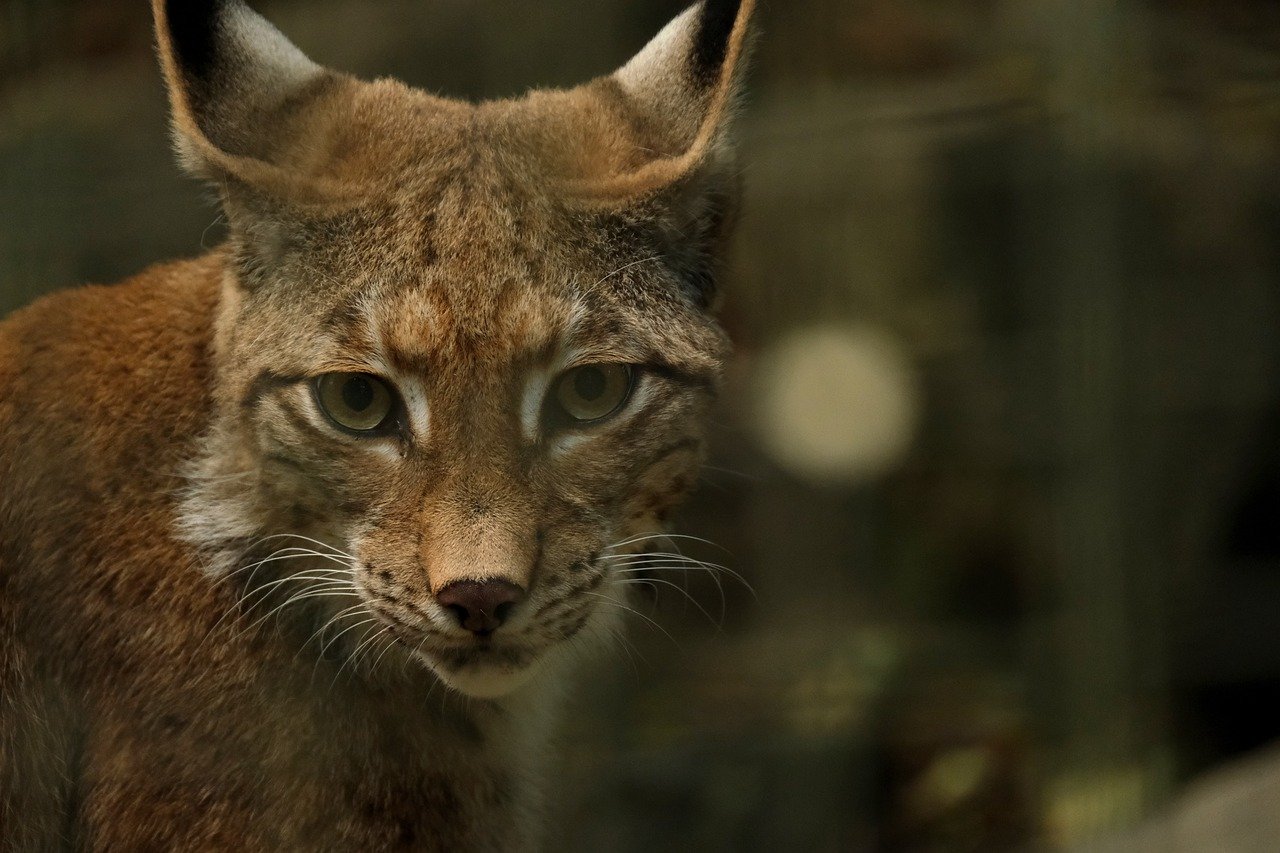
Cats and dogs come from very different ancestral backgrounds. While dogs evolved from pack animals—wolves that relied on tight social groups—cats descended from solitary hunters. The African wildcat, the ancestor of our housecats, survived by being independent and cautious. This instinct lives on in our pets today. Unlike dogs, who seek out group approval, cats are programmed to rely on themselves first, which makes their moments of trust and affection feel especially precious. You can see the wildcat’s shadow in the way a cat studies a new person or situation before deciding to engage. Over thousands of years, those solitary instincts have softened, but they still shape the way cats connect to us and to each other.
The Subtle Language of Cat Affection

If you’re used to a dog’s exuberant kisses and tail wags, a cat’s affection can seem downright mysterious. Cats communicate love in quieter ways—think of the gentle headbutt, known as “bunting,” or the slow, deliberate blink that says, “I trust you.” These subtle gestures are a holdover from wildcat behavior, where being too obvious could attract predators. Feline affection is often about closeness without neediness. Even when a cat simply sits in the same room as you, it’s a sign of trust. Once you learn to read their delicate cues, you start to see affection everywhere: in the way your cat follows you from room to room, or curls up on your sweater when you’re away.
Why Independence Matters

One of the most beautiful things about cats is their independence. Unlike dogs, who often look to us for guidance and approval, cats are comfortable being alone. This independence is not a sign of coldness. In fact, when a cat chooses to spend time with you, it’s a genuine choice, not a compulsion. Their self-sufficiency means their bonds are based on mutual respect, not dependency. When a cat decides to curl up next to you, or greet you at the door, you know it’s because they truly want to, not because they feel they have to. That makes every moment together feel like a little gift.
Cats and the Power of Routine
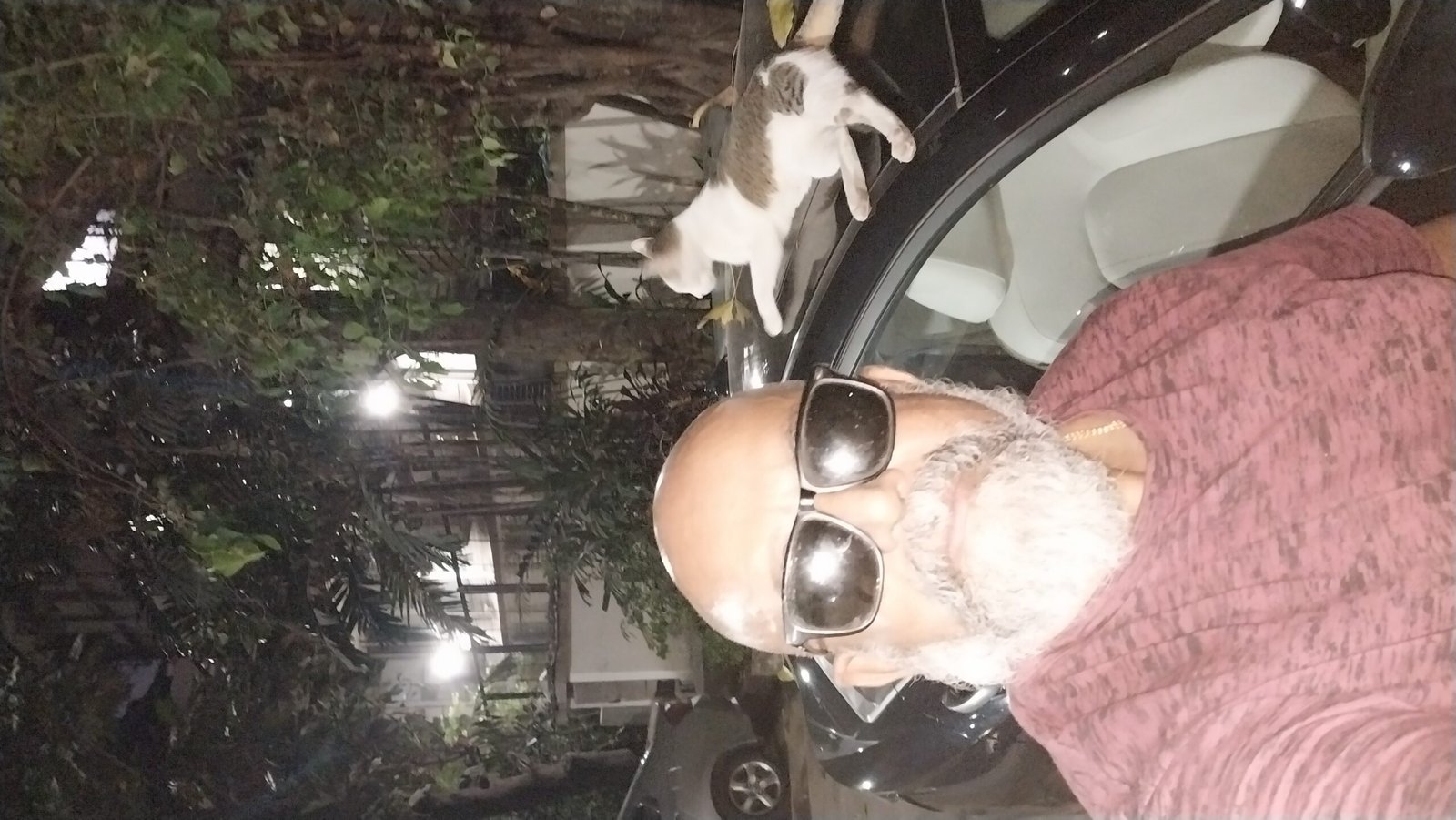
Cats are creatures of habit, and their bonds often grow stronger through shared routines. Feeding time, play sessions, and even the daily ritual of sitting together in a favorite spot help form a unique rhythm between cat and human. These routines build trust and comfort, making cats feel safe and secure. Unlike dogs, who might thrive on adventure and variety, cats find joy in predictability. When your cat expects you at a certain time each day, or waits at the window for your return, it’s proof that you’re an essential part of their world.
Understanding Cat Body Language
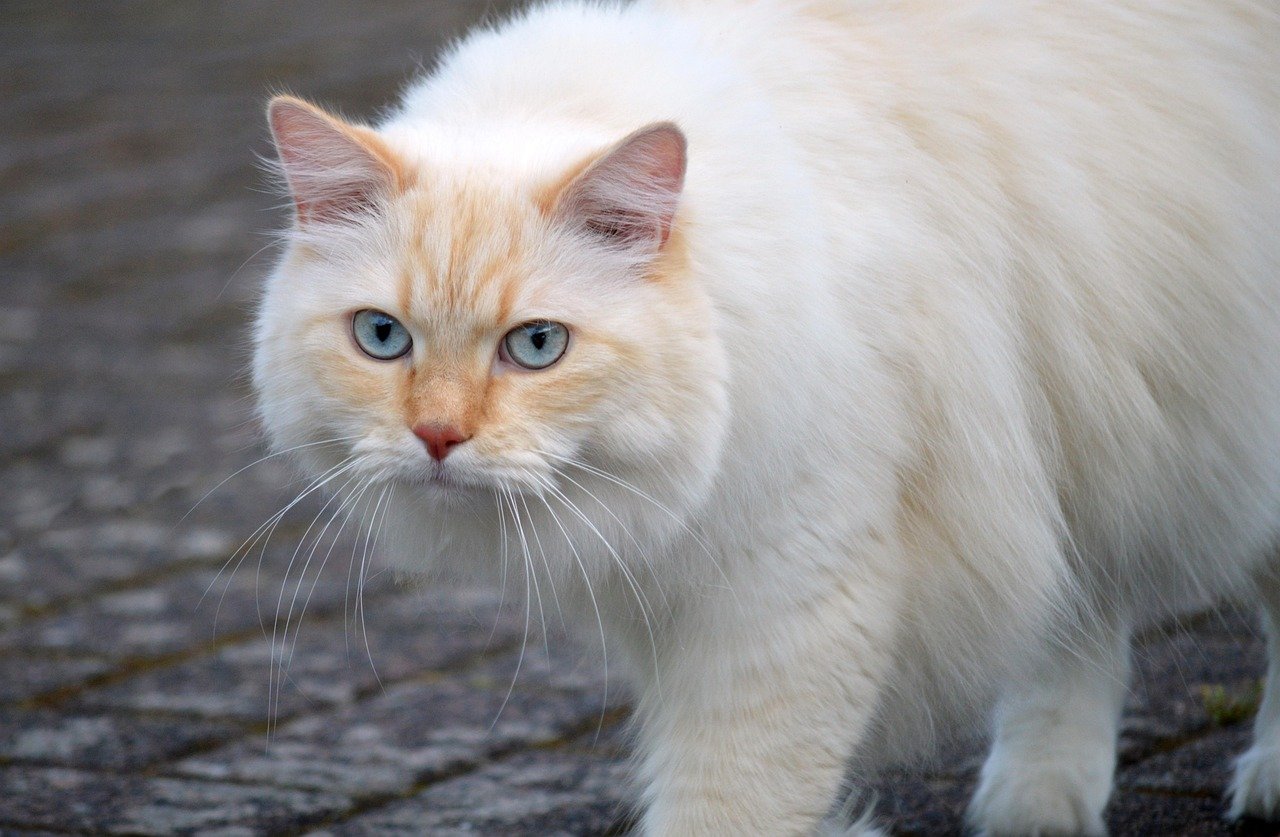
Learning to read a cat’s body language is like unlocking a secret code. A relaxed tail, upright and gently quivering, is a sign of happiness. Ears pointed forward mean curiosity or interest, while a slow blink signals love and trust. Unlike dogs, who often use more obvious signals, cats rely on nuanced gestures. Even the position of their whiskers or the way they knead your lap with their paws can be a form of communication. Decoding these signals takes patience, but once you start to understand the language, it opens up a whole new level of connection.
Why Dogs Seek Approval (and Cats Don’t)
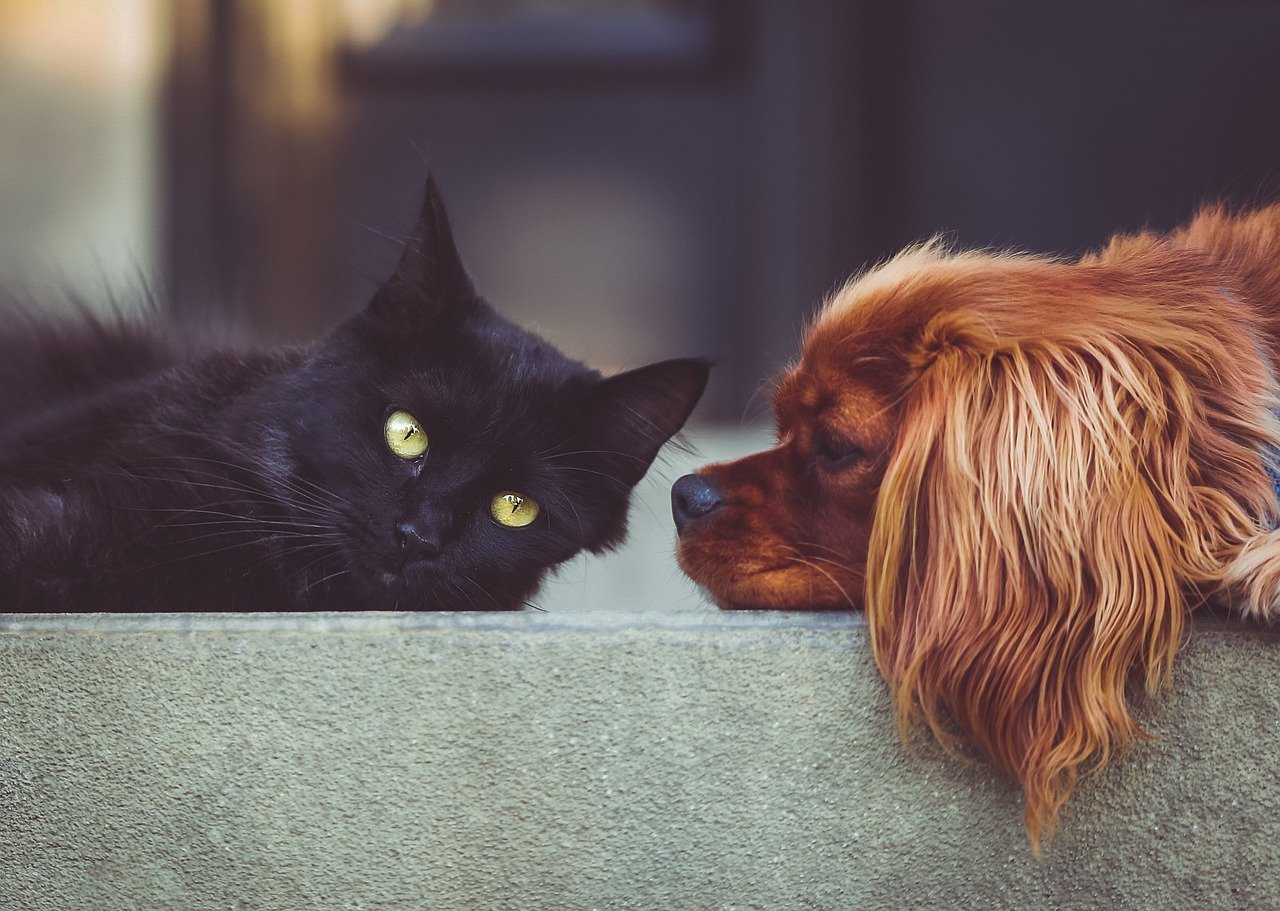
Dogs have been bred for thousands of years to work alongside humans, whether herding sheep, pulling sleds, or simply being loyal companions. This history has shaped their need for approval and desire to please. A dog’s bond is often about partnership and teamwork. Cats, on the other hand, were domesticated more for their hunting skills than their company. Their relationships are less about obedience and more about companionship on their own terms. This difference is what makes a cat’s affection feel so deeply personal—when a cat chooses you, it’s not because they’re trying to please, but because they genuinely enjoy your company.
The Healing Power of Cat Purring

There’s something almost magical about the sound of a cat’s purr. Research has shown that a cat’s purr can have calming effects on humans, lowering stress and even promoting healing. Unlike a dog’s bark or whine, which are meant to get attention, a cat’s purr is a private signal, often shared only with those they trust most. Some scientists even believe the frequency of a cat’s purr can promote tissue regeneration and reduce inflammation. When a cat curls up on your lap and begins to purr, it feels like a secret shared just between the two of you—a gentle reminder that love doesn’t always have to be loud.
How Cats Form Attachments

It’s a myth that cats are incapable of forming strong attachments. In fact, recent studies show that cats can be just as bonded to their humans as dogs—just in different ways. Cats often form “secure attachments,” meaning they feel safe and content when their favorite person is nearby. You might notice your cat following you from room to room, or waiting patiently for you to come home. These behaviors are signs of deep affection, even if they’re quieter than the excited greeting of a dog. When a cat chooses you as their person, it’s a relationship built on trust, not dependency.
The Beauty of Earning a Cat’s Trust

Winning a cat’s trust can take time, but that’s what makes it so rewarding. Unlike dogs, who are often quick to befriend anyone, cats are discerning. They might observe you from a distance before deciding you’re worthy of their attention. But when a cat finally relaxes in your presence, or seeks out your touch, it feels like a hard-won prize. That slow build, from cautious curiosity to affectionate companionship, makes every moment feel more meaningful. Earning a cat’s trust isn’t just about patience; it’s about respect, understanding, and a willingness to meet them on their own terms.
Cats and Personal Space

Cats are famous for valuing their personal space. Unlike dogs, who might follow you everywhere, cats often enjoy having a spot to call their own. This respect for boundaries is part of what makes a relationship with a cat so special. When you give your cat the freedom to come and go as they please, you’re showing that you understand and respect their needs. In return, a cat who feels secure in their own space is more likely to seek out your company. It’s a delicate dance of closeness and independence, and it’s what makes feline affection feel so genuine.
The Role of Play in Feline Bonding

Play is a huge part of how cats bond—both with each other and with their humans. Chasing a feather wand or batting at a ball isn’t just entertainment; it’s a way for cats to express trust and affection. Playtime taps into their hunting instincts, but it also strengthens the emotional connection between cat and person. Shared play sessions build confidence, reduce stress, and create happy memories. When your cat brings you a toy or initiates a game, it’s their way of inviting you into their world.
Cats and the Art of the Slow Blink

The slow blink is one of the most heartwarming signs of feline affection. When a cat looks at you and closes their eyes slowly, it’s like a little love letter. This gesture means, “I trust you. I’m comfortable around you.” It’s the opposite of a predator’s stare, which is intense and unblinking. Some cat owners even “slow blink” back, creating a silent conversation of trust. It’s these tiny moments, easy to miss if you’re not paying attention, that form the foundation of a deep, lasting bond.
Accepting a Cat’s Unique Personality

Every cat has a unique personality, shaped by genetics, upbringing, and environment. Some are outgoing and chatty, while others are shy and reserved. Understanding and accepting your cat’s individuality is key to building a strong bond. Unlike dogs, who often adapt easily to new people and situations, cats may take longer to feel comfortable. But once they do, their affection is sincere and unwavering. Embracing your cat’s quirks and preferences is part of the joy of feline companionship.
The Gentle Art of Cat Grooming

Grooming is a powerful way cats show affection—to both their humans and each other. When a cat licks your hand or hair, it’s a sign of trust and love. This behavior, called allogrooming, is common among cats that have close relationships. By grooming you, your cat is including you in their social circle. It’s also a way for them to soothe themselves and bond with you. Next time your cat gives you a “bath,” remember—they’re saying you’re family.
How Cats Choose Their Favorite Person

It’s no secret that many cats have a favorite person. This choice is often based on who spends the most time with them, who feeds them, or who understands their quirks. But sometimes, a cat’s choice can seem almost mysterious—drawn to someone who is calm, gentle, or simply gives them space. Being chosen by a cat feels like a special honor, because it’s always on their terms. When you become a cat’s favorite, you’re part of an exclusive club—one built on trust, patience, and understanding.
Why Cats Sometimes Seem Aloof

Cats get a reputation for being aloof, but often, it’s just their way of processing the world. Unlike dogs, who run toward new experiences, cats tend to observe first and act later. This cautiousness is a survival mechanism, not a sign of indifference. Many cats will watch from a distance, waiting until they feel safe before approaching. Once they’re comfortable, they can be incredibly affectionate and loyal. The key is giving them time and space to come to you, rather than forcing interaction.
Cats and the Comfort of Predictable Rituals
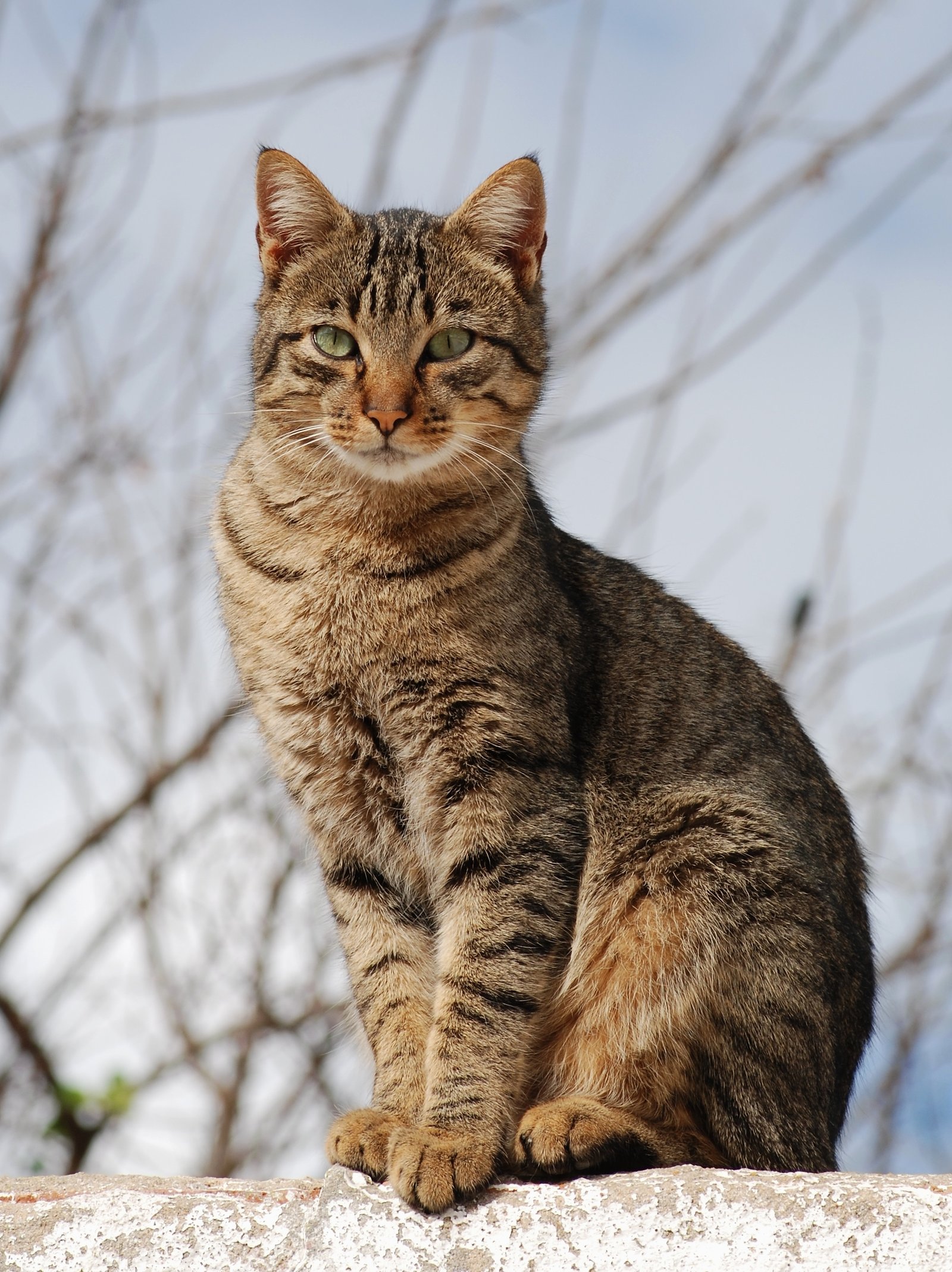
Cats thrive on routine and predictability. Simple rituals—like greeting you at the door, sharing a morning cuddle, or winding around your legs at feeding time—build a sense of security. These moments are the building blocks of a strong bond. While dogs might thrive on change and excitement, cats find comfort in knowing what to expect. When you create consistent routines with your cat, you’re helping them feel safe, loved, and understood.
The Quiet Loyalty of Cats

Cat loyalty looks different from a dog’s, but it runs just as deep. While dogs might show their loyalty with constant companionship, cats express it through subtle gestures—waiting for you to return, sleeping by your side, or bringing you “gifts” (even if it’s just a sock). This loyalty is built slowly, over time, and is often shown in private moments. There’s a quiet beauty in knowing your cat chooses to be with you, even when they could easily wander off.
Why a Cat’s Love Feels Like a Gift

There’s something truly special about the way cats give their love. Because they’re independent by nature, every purr, headbutt, and cuddle feels like a small treasure. Their affection isn’t given lightly—it’s earned, over time, through patience and respect. When a cat curls up in your lap, or greets you with a soft meow, it feels like they’re saying, “You matter to me.” That’s what makes a cat’s bond so beautiful—it’s always a choice, never a given.
Living with Both Cats and Dogs
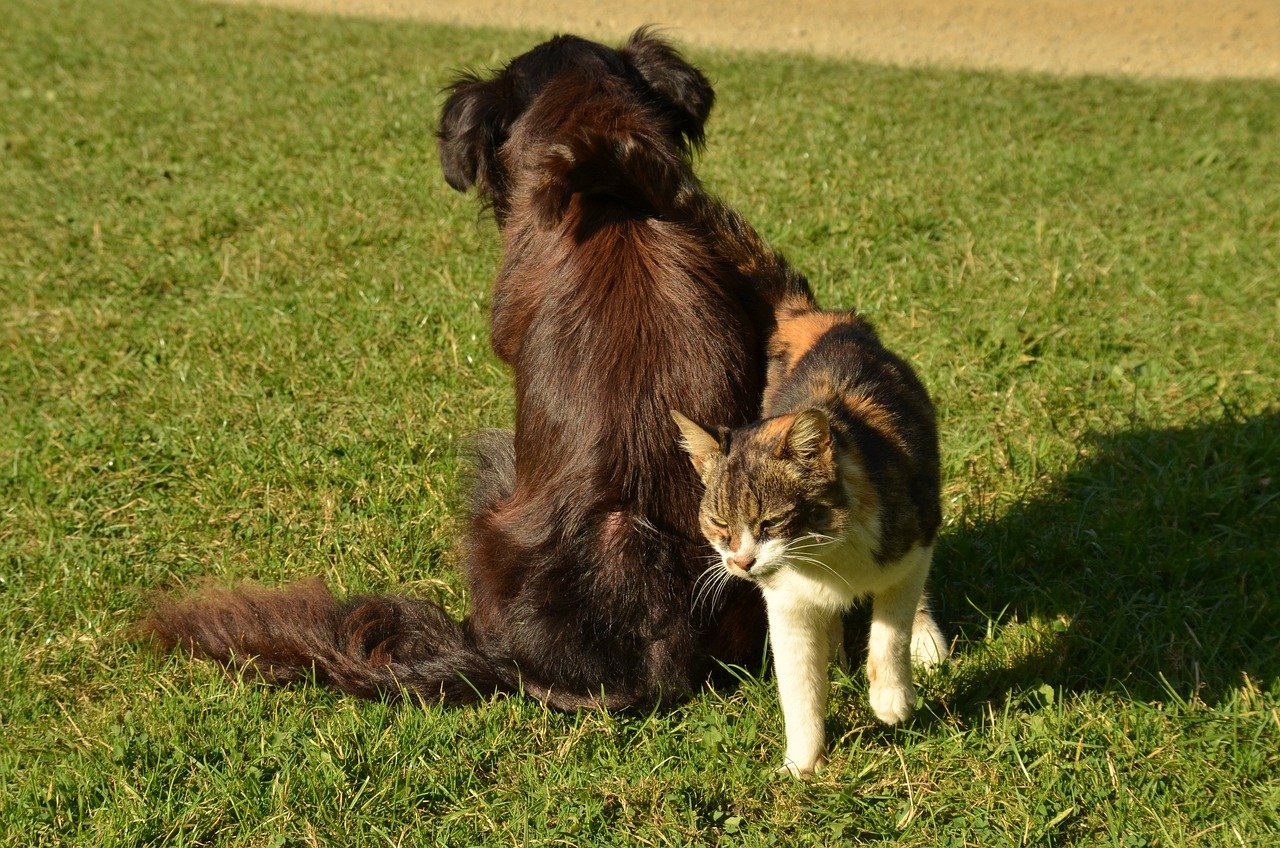
For those lucky enough to share their home with both cats and dogs, the differences between them become even more apparent—and more delightful. Dogs might greet you with a wild burst of energy, while cats might simply blink and stretch from their favorite sunny spot. Watching the two species interact can be a lesson in respect and boundaries. Dogs can teach cats about playfulness and socializing, while cats can show dogs (and us) the value of quiet companionship. Living with both reminds us that love comes in many forms, each one beautiful in its own way.
Hi, I’m Bola, a passionate writer and creative strategist with a knack for crafting compelling content that educates, inspires, and connects. Over the years, I’ve honed my skills across various writing fields, including content creation, copywriting, online course development, and video scriptwriting.
When I’m not at my desk, you’ll find me exploring new ideas, reading books, or brainstorming creative ways to solve challenges. I believe that words have the power to transform, and I’m here to help you leverage that power for success.
Thanks for stopping by, Keep coming to this website to checkout new articles form me. You’d always love it!






